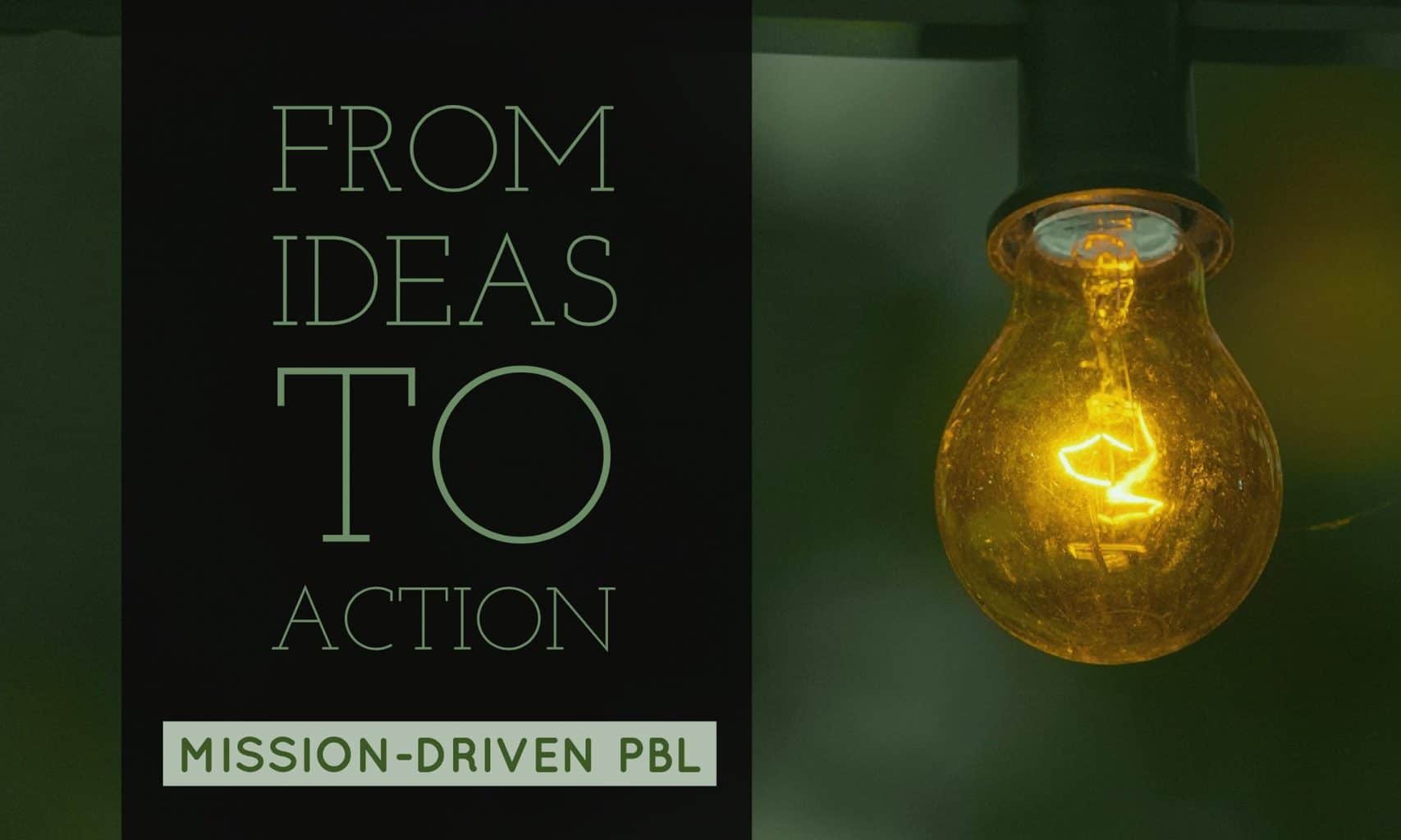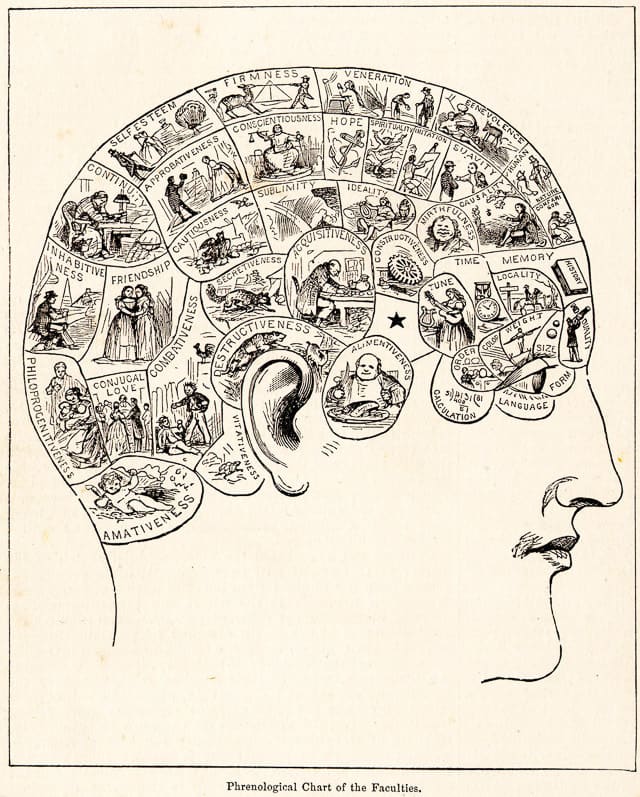Today we begin our study of historical thinking skills based on the work of Sam Wineburg and the Stanford History Education Group (SHEG). We will focus on three key skills – Sourcing, Contextualizing and Corroborating. See historical thinking chart (pdf at SHEG).
Our class is based on assigned work: Sam Wineburg reading and TEDEd flipped lesson Who is the historian in your classroom?
Three student teams will present their jigsaw lessons on specific skills:
- Sourcing – Taran and Paxton
- Contextualizing – Nancy and Kelly
- Corroborating- James and David
Next, we will practice our historical thinking skills and see some options for delivery using a shared Google Doc – Japanese Incarceration and a shared Google Form – Zulu Chief Photograph.
Assignment 6
Each student will design a lesson using one or more historical thinking skills. They are free to use hard copy delivery or a digital format. The lesson should be posted in accessible form in a blog post.
Video tutorials: Using Google Docs | Using Google Forms
More on Google tools in our edMethods Toolkit
Students should be prepared to “teach” their lesson with peers taking the role of students. (E.g. Introduce their lesson as they might to their class).
Lesson / Post should include:
- Title
- One or more historic documents. Could be text, image, video.
- Source information and URLs for all documents used.
- Introduction and background as needed.
- Questions.
- Instructional goal that indicates one (or more) of the historic skills to be studied – Sourcing, Contextualization, Corroborating.
Image credit: Adobe Spark



